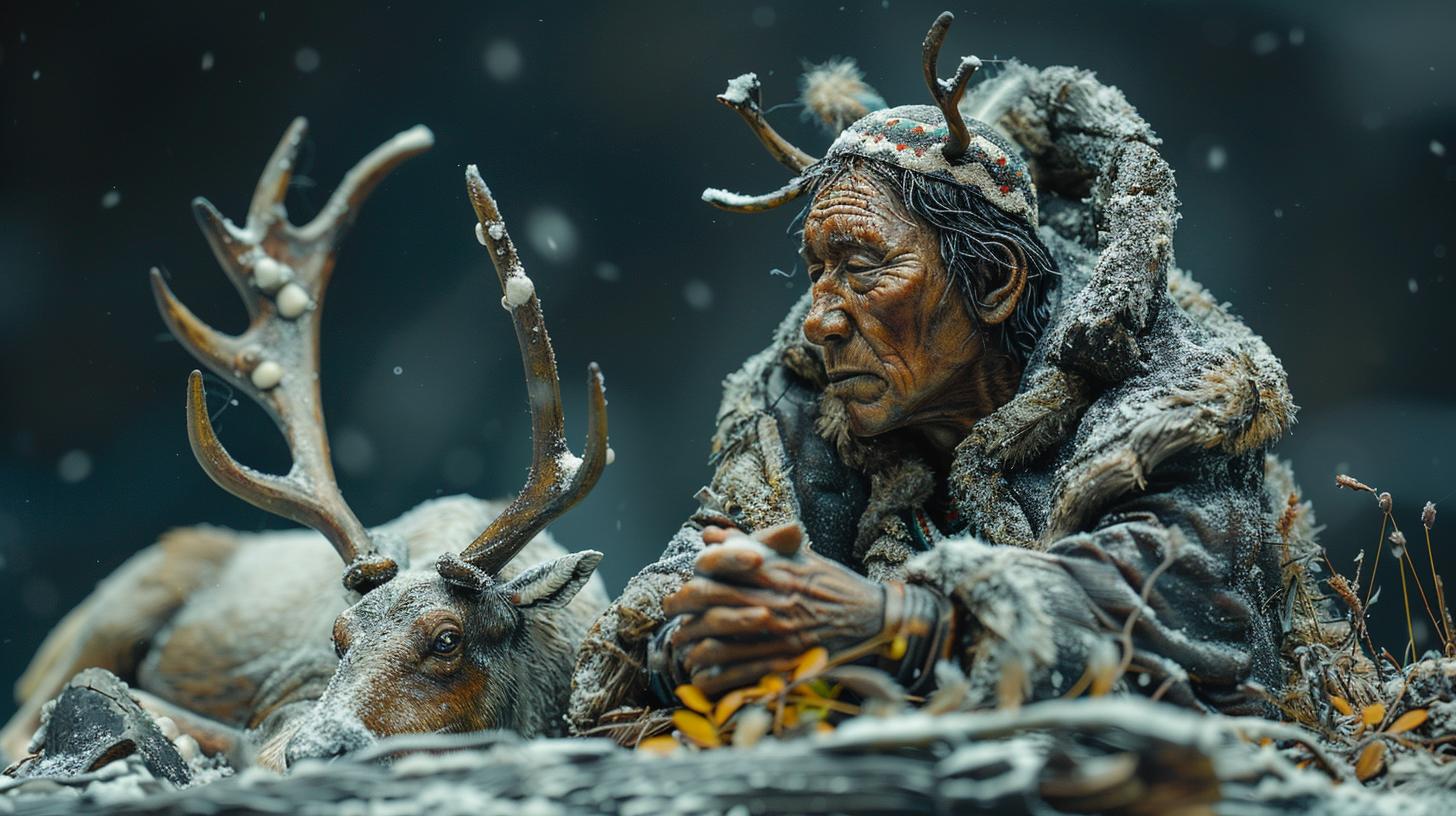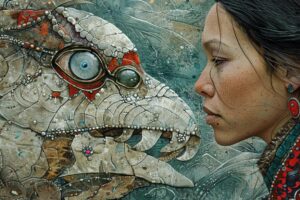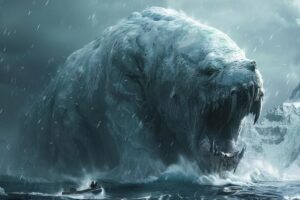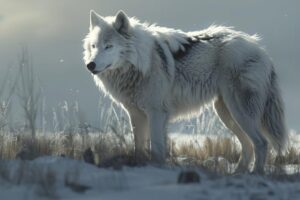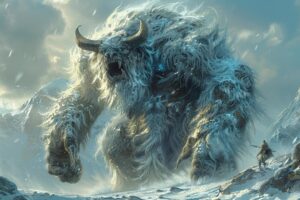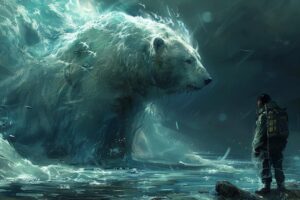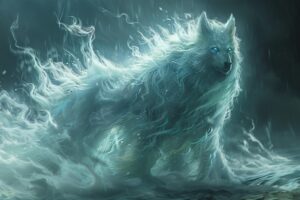Tekkeitsertok Inuit: The Supreme God of Inuit Hunting Lore
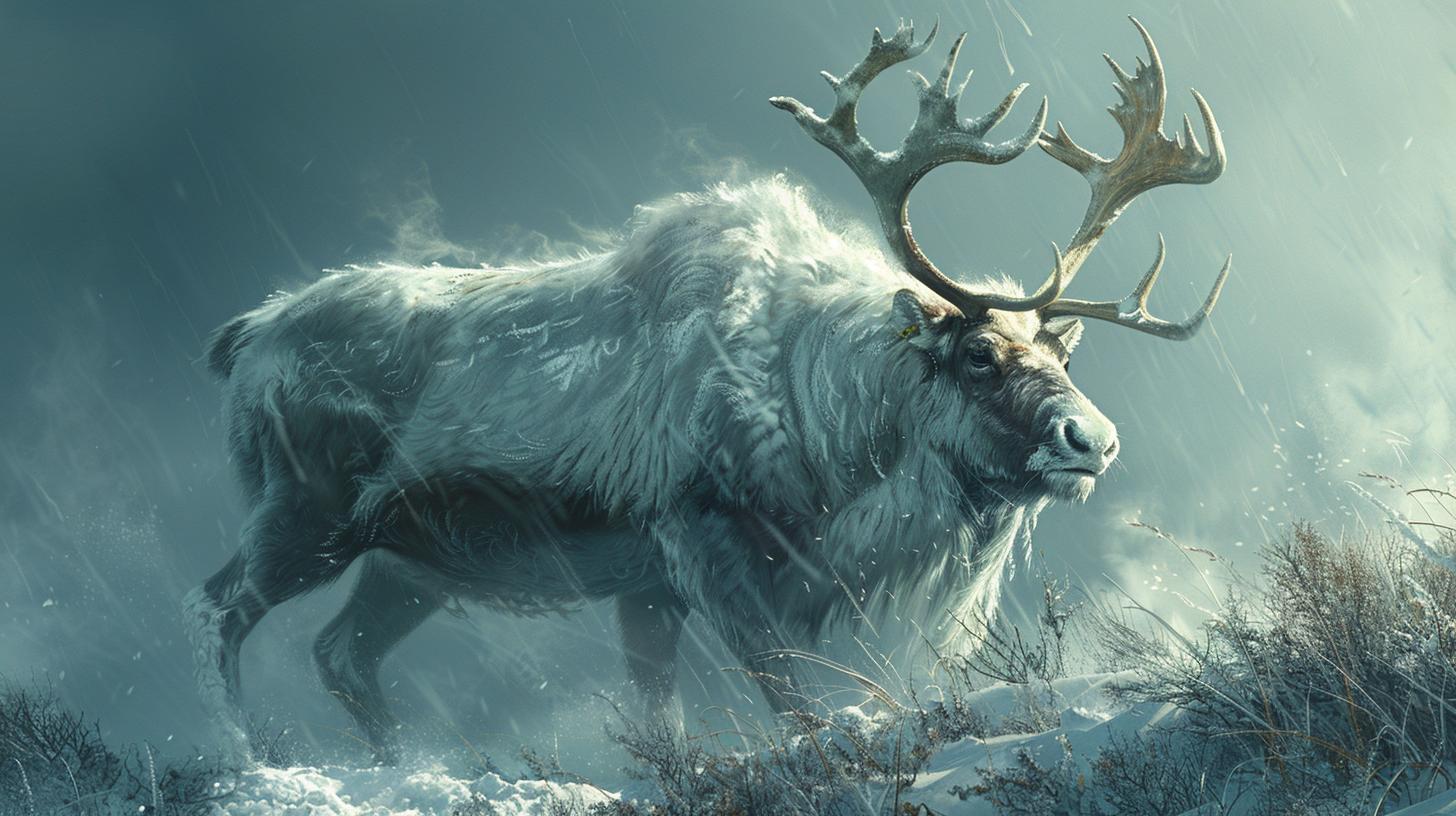
The deity Tekkeitsertok is a key figure in Inuit religion, revered as the master of hunting and wildlife. Represented with a caribou head, Tekkeitsertok holds a prominent role in Inuit cosmology as protector and guardian of the northern lands.
This divine entity’s powers and significance extend beyond the hunt, shaping the cultural landscape of the Inuit people.
Overview of Tekkeitsertok Inuit
Tekkeitsertok holds significant importance in Inuit religion, being revered as a powerful deity linked to hunting and wildlife. His representation with a caribou head symbolizes his dominion over animals, while also signifying his role as a protector of those within his domain.
Importance in Inuit Religion
Tekkeitsertok’s status as the primary god of the hunt underscores his essential role in Inuit spirituality. The offerings made to him during the hunting season underscore the reverence and importance accorded to him in Inuit culture.
Representation and Attributes
The depiction of Tekkeitsertok with the head of a caribou reflects his association with these creatures and his mastery over them. He embodies both earthly and cultural significance, representing a connection to the land and society within Inuit belief.
Presence in Inuit Art
In Inuit art, Tekkeitsertok is often portrayed with intricate details that highlight his power and influence. Artists capture his essence through various mediums, showcasing his significance in visual representations.
Mythological Stories
Mythological narratives surrounding Tekkeitsertok delve into his interactions with other deities and his transformative abilities.
These stories serve to elucidate his character and his importance within Inuit mythology.
Tekkeitsertok’s Role in Inuit Society
Tekkeitsertok plays a crucial role in Inuit society, intertwining with the fabric of their cultural beliefs and practices. Let’s explore how Tekkeitsertok’s influence is manifest in the realms of hunting, wildlife, and protection:
Connection to Hunting and Wildlife
- Tekkeitsertok’s association with hunting and wildlife is deeply rooted in Inuit traditions.
- As the master of the hunt, Tekkeitsertok guides the hunters in their pursuit of sustenance.
- His presence is felt in the wilderness, where the Inuit rely on his blessings for a successful hunt.
Protection and Guardianship Responsibilities
- Besides his role in hunting, Tekkeitsertok is also revered as a protector and guardian.
- He watches over those who venture into his domain, offering them safety and guidance.
- His guardianship extends to the creatures of the land, ensuring their well-being and survival.
Tekkeitsertok in Inuit Mythology
Tekkeitsertok holds a unique position in Inuit mythology, distinct from other deities in the pantheon.
His role transcends mere categorization as a god, embodying the spirit of the hunt and wildlife in a way that sets him apart.
Comparison to Other Inuit Deities
When compared to other Inuit deities, Tekkeitsertok stands out as the paramount figure associated with hunting and the natural world. While other gods may wield influence over specific aspects of life, Tekkeitsertok’s domain encompasses the intricate balance of the ecosystem.
Stories and Legends Involving Tekkeitsertok
Legends abound regarding Tekkeitsertok’s interactions with humans and animals alike. Tales of his encounters with hunters, his interventions in times of need, and his transformative powers resonate throughout Inuit folklore, painting a vivid portrait of this enigmatic deity.
Tekkeitsertok as Master of the Hunt
Tekkeitsertok is revered as the ultimate authority in Inuit hunting traditions, embodying the hunter’s prowess and connection with the animal world.
Rituals and Offerings to Honor Tekkeitsertok
Devotees pay homage to Tekkeitsertok through elaborate ceremonies and sacrifices, seeking his favor and guidance in successful hunts.
Sacred Rituals:
- Cleansing ceremonies to purify the spirit before the hunt
- Offerings of food, tools, and animal skins as tokens of gratitude
Connection with Nature:
- Respecting the balance of nature and the cycle of life
- Communing with spirits of the land for blessings and protection
Influence on Inuit Hunting Practices
Tekkeitsertok’s influence extends beyond spiritual realms, shaping the very techniques and ethics of Inuit hunting practices.
Techniques and Strategies:
- Tracking and stalking methods passed down through generations
- Utilization of traditional tools and weapons for sustainable hunting
Ethical Considerations:
- Respect for animals as partners in the hunt, not mere prey
- Gratitude and reverence for the spirit of the hunted animal
Tekkeitsertok’s Powers and Significance
Exploring the realm of Tekkeitsertok reveals a deep connection with other Inuit spirits and deities, showcasing a web of relationships that shape the spiritual landscape of the Inuit people.
Relationship with Other Inuit Spirits and Deities
- Tekkeitsertok’s interactions with other Inuit spirits and deities are characterized by a sense of reverence and mutual respect, highlighting the interconnected nature of the spiritual world.
- His alliances and conflicts with fellow deities offer insights into the complexities of the Inuit pantheon, reflecting the intricate balance of power and influence within their cosmology.
Symbolism and Meaning in Inuit Cosmology
The symbolism of Tekkeitsertok in Inuit cosmology extends beyond his role as the master of hunting, delving into deeper layers of significance that resonate throughout Inuit culture.
Symbolic Representations
- His portrayal with the head of a caribou symbolizes his connection to wildlife and the natural world, embodying the essence of the hunt and the cycle of life and death.
- The attributes associated with Tekkeitsertok, such as strength, wisdom, and protection, hold symbolic meanings that resonate with the values and beliefs of the Inuit people.
Meaning in Rituals and Practices
- Rituals and offerings dedicated to Tekkeitsertok carry profound meanings for the Inuit community, emphasizing the importance of honoring and appeasing the divine forces that govern the hunt and sustenance.
- The significance of Tekkeitsertok’s presence in traditional ceremonies and hunting practices underscores his pivotal role in ensuring the success and prosperity of the community.
Cultural Impact of Tekkeitsertok
The legacy of Tekkeitsertok in Inuit society and art is profound, shaping the cultural landscape of the community.
Through stories, rituals, and artistic representations, Tekkeitsertok’s presence is preserved and celebrated.
Legacy in Inuit Society and Art
- The figure of Tekkeitsertok holds a revered place in Inuit society, embodying the values of hunting and wildlife preservation.
- Artistic depictions of Tekkeitsertok can be found in traditional Inuit crafts, showcasing his importance in visual storytelling and cultural symbolism.
- His legacy extends to Inuit rituals and ceremonies, where homage is paid to the deity for guidance and protection in hunting expeditions.
Preservation of Tekkeitsertok’s Mythos
- Inuit communities continue to pass down stories and legends featuring Tekkeitsertok, ensuring that his mythos remains relevant and significant in contemporary times.
- Efforts to preserve Tekkeitsertok’s teachings and values are evident in educational programs and cultural initiatives, promoting an understanding of the deity’s role in Inuit life.
- Through art exhibitions, storytelling events, and cultural exchanges, Tekkeitsertok’s mythos is kept alive, inspiring future generations to appreciate and respect the traditions of their ancestors.
.

